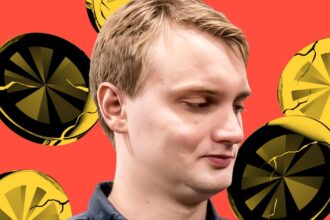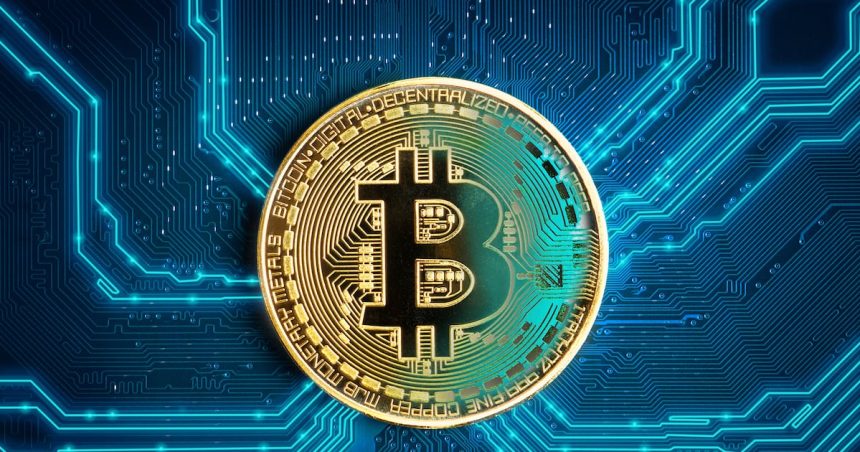Here's a look at how Bitcoin changed the nature of money, with crypto folk eager to learn the identity of Satoshi this week. Addressing the 'double spend and consensus' problem.
As if Bitcoin needed more buzz.
The world's most valuable cryptocurrency is rarely overlooked.
The crypto market is in a frenzy now that an HBO documentary set to unmask Bitcoin's eponymous creator, Satoshi Nakamoto, will air on Tuesday.
Even as crypto fans grapple with the greatest mystery in financial history, as well as the fate of Satoshi's $67 billion bitcoin stash, it's worth revisiting the technology's game-changing advances.
All of them are described in Satoshi's nine pages White paper Published on October 31, 2018.
The blueprint mapped out a peer-to-peer cash electronic system. It has now also midwifed a valuable industry $2.3 trillion.
Here are three important discoveries:
Solving the Double Spending Problem
Bitcoin is not the first attempt at a reliable money transfer where entities can transfer digital money without the need for a central third party such as a bank.
Join the community to get our latest articles and updates
Many previous attempts have failed because they could not prevent bad actors from counterfeiting digital money, a problem of double spending.
Satoshi's solution combines cryptography with financial incentives to incentivize network participants to organize around a shared goal – organizing the Bitcoin network.
That solution spawned the blockchain, an irreversible sequence of time-stamped transactions organized into digital blocks that obey the long chain rule.
“We propose a solution to the double-spending problem using a peer-to-peer network,” the white paper said.
The white paper describes a P2P network of computer nodes that verify transactions and ensure their validity.
Once confirmed, those transactions cannot be reversed or modified – a concept now known as finality in blockchain.
Mining with computers
Satoshi's solution to the double-spending problem goes beyond ordinary network participants working to verify transactions.
Bitcoin's creator created an incentive model for honest participation in the form of mining.
Miners who contribute the computing power to keep the Bitcoin network secure are rewarded with newly minted coins.
In the early days of the network, miners earned 50 bitcoins, which is $3.15 million.
Satoshi was one of those early miners and is believed to have mined 1.1 million bitcoins, now worth $67.6 billion.
Today miners are now earning 3.125 bitcoins worth $197,000. The block reward is reduced every four years, based on a baked-in inflation control mechanism known as halving.
This was not mentioned in the white paper but Satoshi hard-coded it into the protocol.
The white paper suggests that miners may earn transaction fees.
Satoshi envisioned Bitcoin mining with ordinary computers and not today's large data centers with thousands of rigs.
However, the incentive structure described in the thesis paper still exists.
Satoshi predicted that it would be more profitable for large miners to continue to earn block rewards than to cheat the network.
It's all about blockchain
Satoshi combined existing disparate computing technologies — digital signatures, proof-of-work, and time-stamped servers — into a single network that soon came to be known as blockchain.
Digital signatures, which combine public and private key cryptography, are used to create a hash for each Bitcoin transaction. Miners check the validity of those signatures, there are no duplicate costs.
The server publicly broadcasts each verified hash added to the chain to create the blockchain.
While the white paper envisages P2P money transfer, blockchains have evolved for extensive trust verifications.
It's the technology that underpins the now sprawling $2.3 trillion crypto market.
And in the future, this could be the technology that supports the tokenization of the global financial market.
Osato Awan-Nomayo Our Nigeria based DeFi representative. He covers DeFi and technology. To share tips or information about articles, please contact him here [email protected].
Related TopicsBITCOIN







